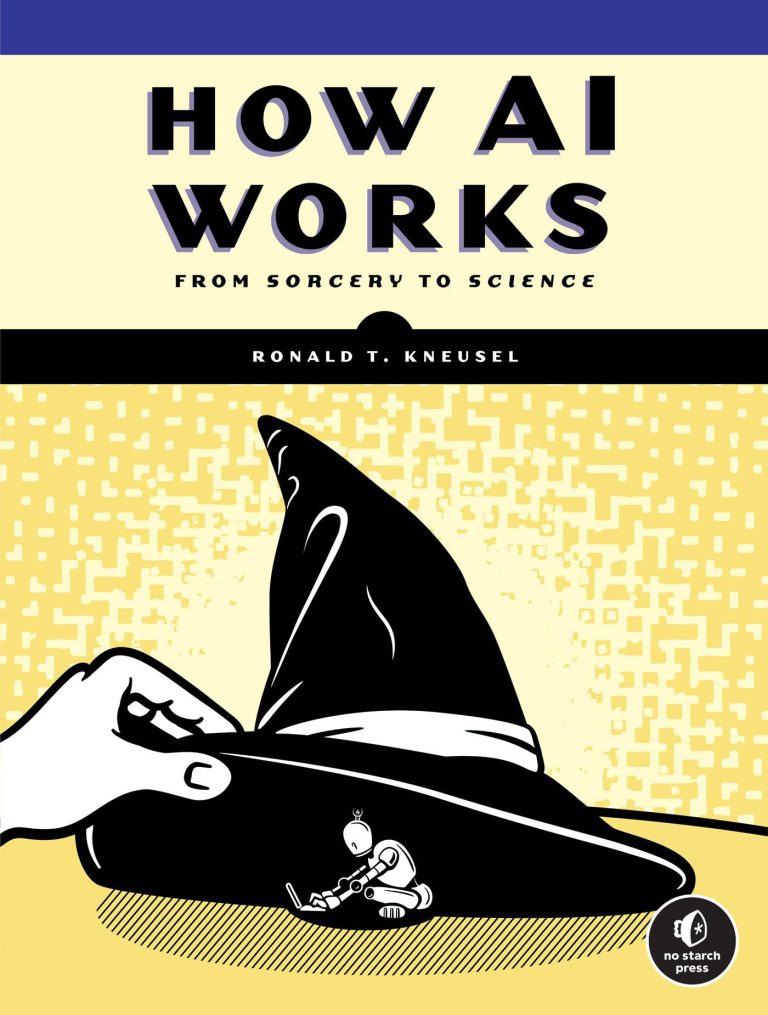
Now loading...
Anthropic’s recent analysis of artificial intelligence usage reveals challenges in how to interpret and aggregate its unique data. Because its dataset does not include every task cataloged in the O*NET task database, addressing the absence of certain tasks creates uncertainty. The study employs two distinct approaches to tackle this issue.
The first method disregards any tasks not captured in Anthropic’s data and aggregates the results according to guidelines provided in the appendix. This strategy avoids making assumptions about how workers might interact with the AI model Claude for the missing tasks or how workers in similar roles would incorporate it. However, this approach significantly narrows the number of tasks and related occupations included in the analysis. Consequently, some occupations may seem to experience high engagement with AI tools, even though only a handful of tasks for those roles were represented in the dataset.
The second method takes a broader view by factoring in all tasks, presuming a usage rate of zero for unobserved tasks. While this assumption reflects the reality of what was recorded, it also imposes strong conjectures about the potential application of those tasks. This leads to disparities, as tasks present in the data may show vastly different usage levels compared to those that weren’t documented. The dataset reflects the particular users who accessed Claude during the given timeframe, meaning future periods could yield different results for omitted tasks.
Despite these complexities, Anthropic’s analysis of AI usage over time demonstrates stability rather than significant upheaval. According to the data, the share of employment in roles characterized by high AI task usage—defined as either automation or augmentation—remains consistent, with around 70% of roles related to automation and roughly 11% linked with augmentation. However, this picture changes when considering the assumption of zero usage for tasks not documented; in this case, the proportions plummet to 3% and 0%, respectively.
Further analysis details the distribution of automation and augmentation tasks among long-term unemployed individuals, categorized by the duration of their unemployment. This part of the study relies on Anthropic’s latest AI usage data, released in mid-September. Additional insights into the nuances of Anthropic’s various data releases are provided in the accompanying appendix.
